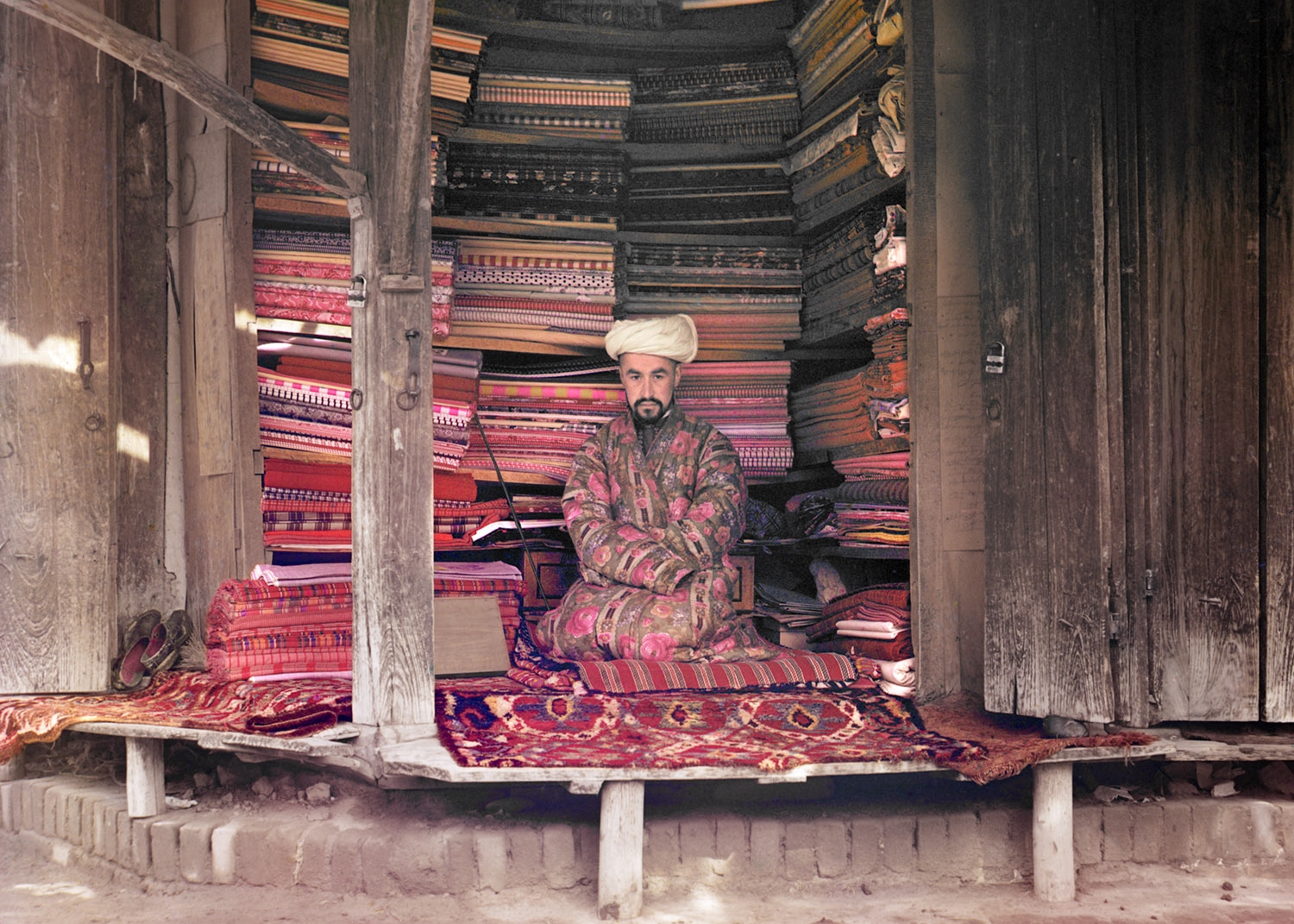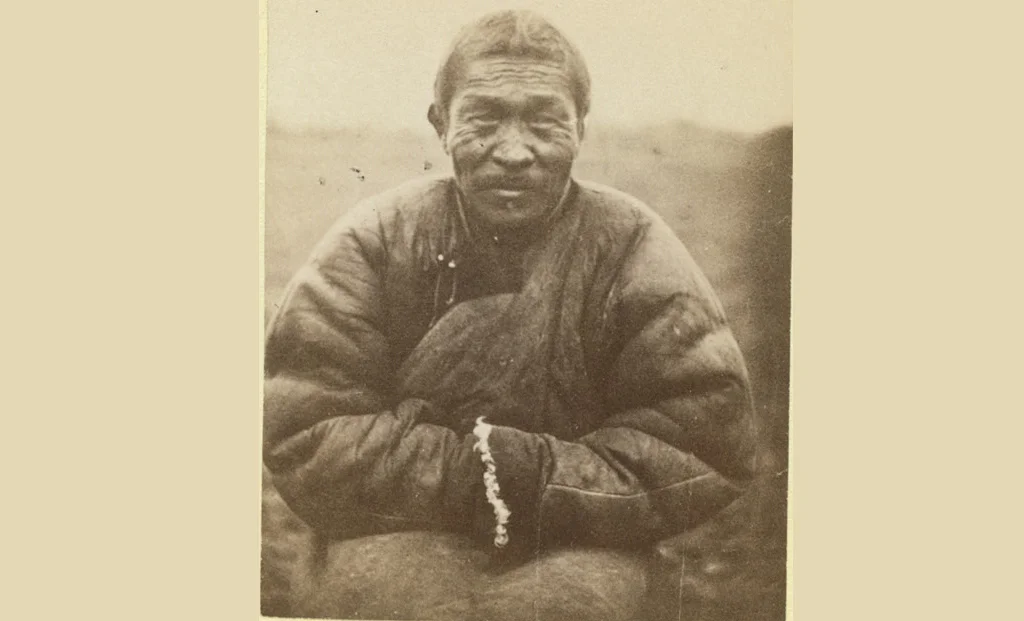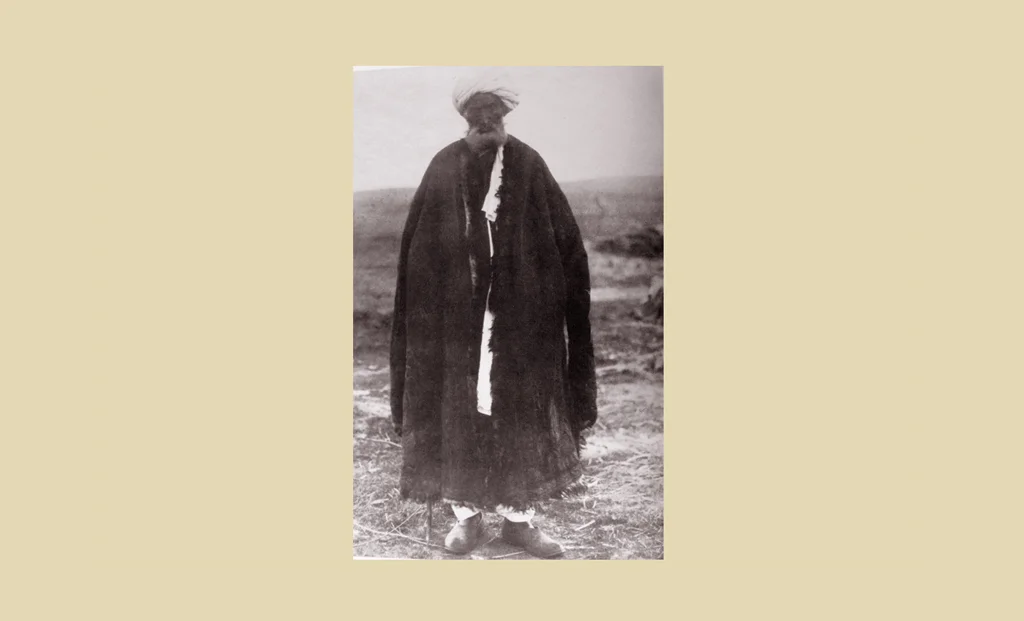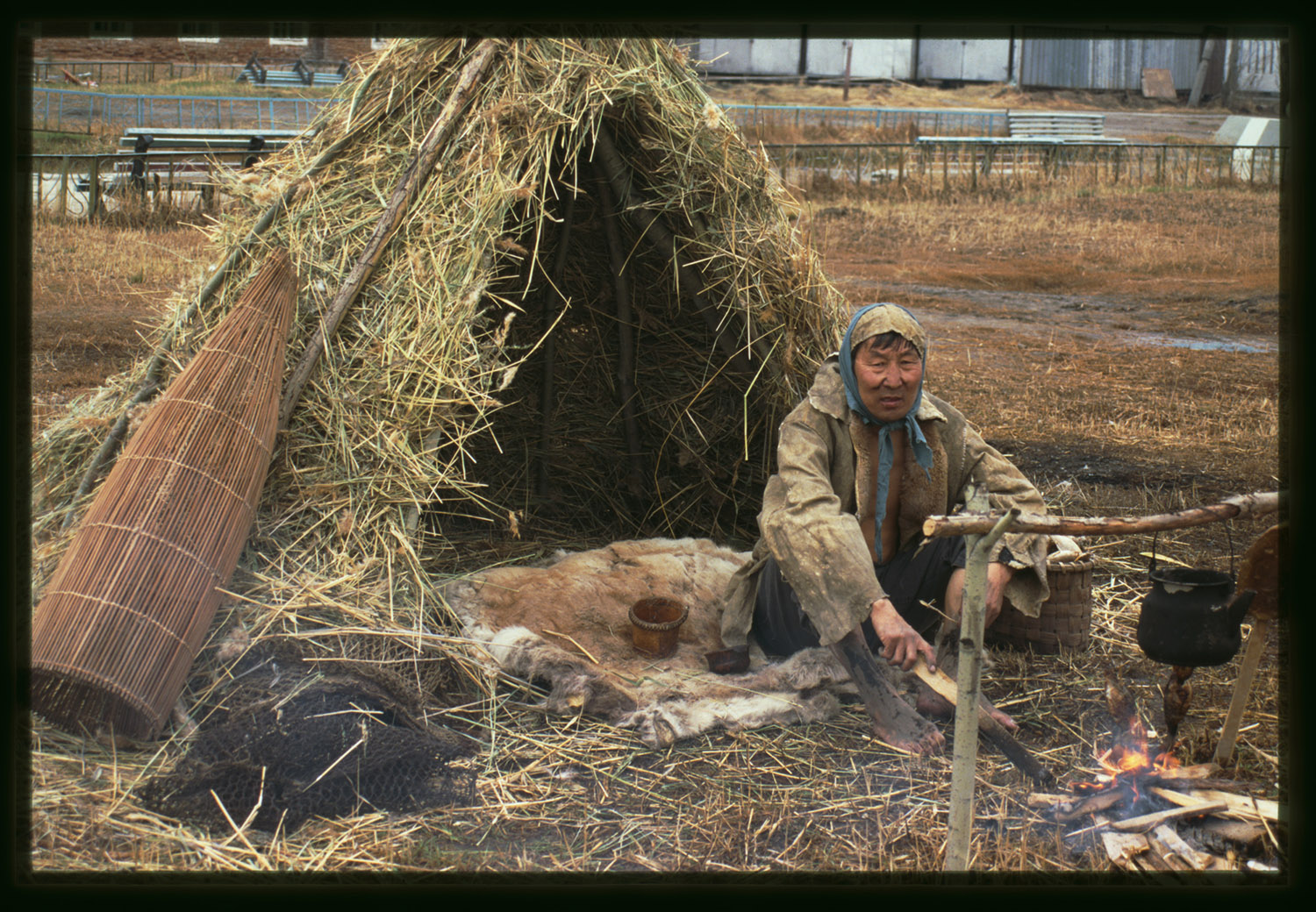
Hand Knotted & Hand Dyed Nomad Made Rugs
Our collection of antique handmade tribal rugs are authentic pieces, woven by nomads using weaving methods passed down through generations. Nearly all of the nomadic groups who wove these rugs have taken up permanent residence in cities and towns, a result of technological change, socio-political upheaval, droughts and wars. Leaving behind a unique woven record of millennia old weaving traditions.
Originating from some of the very first primitive rug styles which took their cues from animal pelts, every old rug in our collection has it's own story to tell. Some of these rug styles have remained unchanged since weaving began, providing a tangible link to the original tribal rug makers.
Rugs featured in our collection were woven between fifty to two hundred years ago. Created from natural fibres, sourced from herds of nomad raised sheep and goats. Coloured with natural dyes from plants of the mountains and deserts of Central Asia and beyond.
Incorporating sparse designs, some so minimal the variation in colour is created from broad strips of only two or three colours. These hand knotted rugs are a perfect match for modern interiors, bringing an irreplaceable naive aesthetic which cannot be replicated by any modern method.









Hand stitched primitive nomad made clothing and rugs known as posteen, pelisses, postak, and Choga, were produced by simple methods since the first primitive needles were used in the stone age. This idea was first put forward and published inHali Magazine Issue 100, in an article by John Wertime.
The following notes are first hand accounts, where the use of these animal hide pieces were observed. From the period 1840 to 2011. Giving us some insights into methods that pre-date weaving and are probably still in use in remote regions like the Afghan Pamirs. The importance of this is the close relationship between long pile woven rugs and the hand stitched items that they mimic.